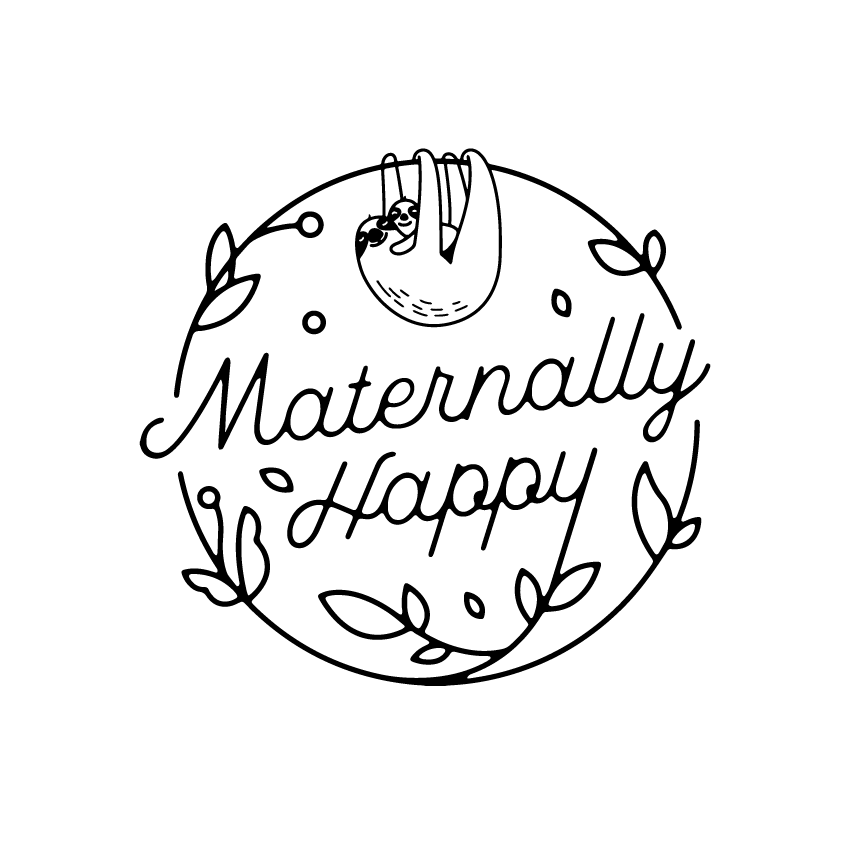



Article: Hair Removal Options for PCOS: What You Need to Know

For many women with PCOS, unwanted hair growth (hirsutism) can be one of the most visible and frustrating symptoms. It can take a toll on confidence, daily routines, and emotional wellbeing. While hair removal methods are widely available, those with PCOS often need to be more strategic due to hormonal drivers, skin sensitivities, and the need for ongoing management.
In this guide, we’ll explore hair removal options, precautions for PCOS, why high androgens occur, and what you can do - both inside and out to support longer-term results.
Why Does PCOS Cause Excess Hair Growth?
PCOS (polycystic ovary syndrome) is linked with higher levels of androgens (male hormones such as testosterone and DHEA). In women, androgens help regulate many body functions, but elevated levels can stimulate hair follicles in certain areas (face, chest, back, abdomen), leading to coarse, dark hairs in places you may not want them.
Why androgens may be high in PCOS:
Hair Removal Options for PCOS
Since high androgen levels are the root cause, hair removal treats the symptom, not the source. You may need to combine cosmetic methods with medical or nutritional strategies for best results.
1. Waxing
2. Laser Hair Removal
3. Electrolysis
4. Other At-Home Methods
Cautions for PCOS Skin
Supporting Hair Management from the Inside
While hair removal helps on the surface, addressing androgen levels and insulin resistance can make hair growth easier to manage long term.
Supplements that may help (with professional guidance):
Vitamin D: Deficiency is common in PCOS and may affect hormone metabolism.
Nt: Always consult your healthcare provider before starting supplements, especially if pregnant, breastfeeding, or on medication.
The Bottom Line
For PCOS, hair removal is rarely a one and done fix - a combination of external treatments (wax, laser, electrolysis) and internal hormonal support tends to give the best results. Be patient, monitor your results, and remember - addressing the root cause will help every hair removal method deliver better, longer lasting results.
About the Author
Caitlin Gilmore: Nurse, Midwife & Nutrition Consultant

Caitlin is the founder of Maternally Happy, an Australian women’s health brand specialising in bioavailable supplements, prenatal vitamins, and evidence-based resources to support women from preconception to postpartum. With qualifications as a Nurse, Midwife, and Nutrition Consultant, she combines a decade of clinical experience with nutritional expertise to deliver trustworthy, research backed advice.
Her writing focuses on fertility, pregnancy, postpartum recovery, PCOS, and hormonal health, helping women cut through confusion with practical, evidence-based information. Having personally navigated PCOS and the challenges of women’s healthcare, Caitlin is deeply passionate about empowering others to make informed choices for their health and their families.
When she’s not formulating practitioner-grade supplements or supporting her online community, you’ll find her enjoying a chai latte, spending time with her family, friends and 2 border collies and hiking in nature.